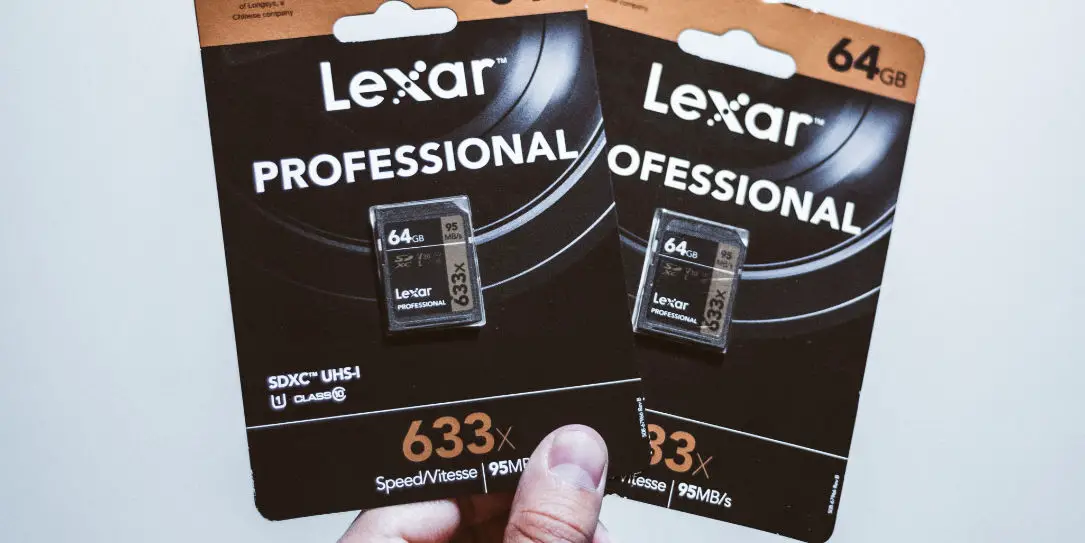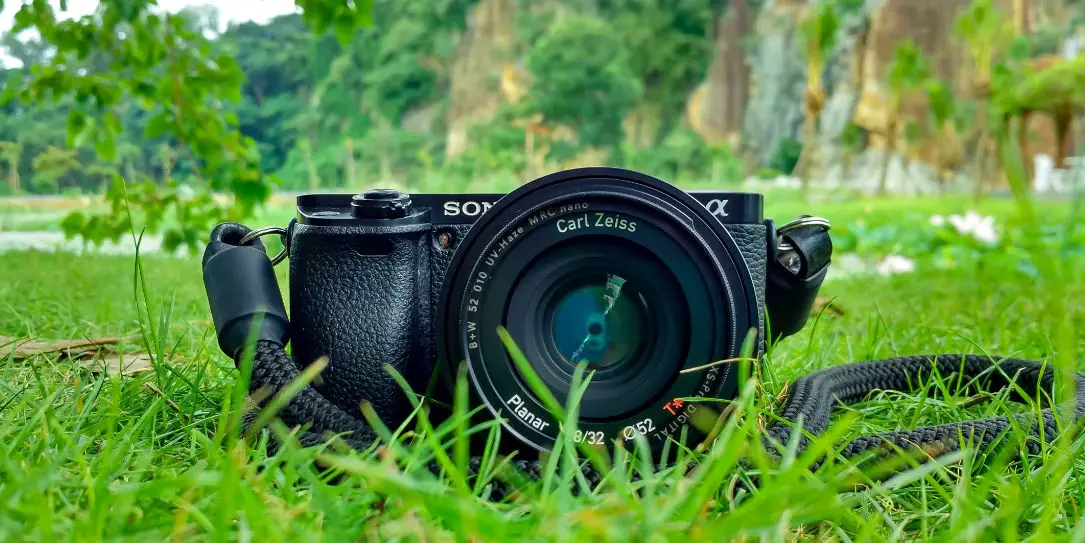For people that like to store memories as concrete outgrowths of visual stimuli, there are no better companions than a camera. With the advent of better smartphone photography, it isn’t rare to see people question the legitimacy of a dedicated camera anymore. However, any avid photographer knows that even the best iPhones and Samsungs don’t measure up even close to the better lenses of DSLRs and mirrorless cameras that brands like Sony, Nikon, or Canon have to offer.
So, it isn’t surprising to see cameras alone often cost a lot more than the costliest smartphones out there. So this is why it’s important that a new camera is looked after in the best possible way, not just to expand its lifeline, but also because keeping a camera clean inside and out results is markedly different outcomes in terms of picture quality. And it is these beautiful pictures that we are after, in the end. So anything for that.
Here are our suggested steps to keep your new swanky toy out of harm’s way:
1. Use a camera bag
The first on our list might seem fairly obvious, use a camera bag like the LowePro Tahoe. The number of people who don’t follow this simple rule is staggering and they’re putting their gear at risk. We’ve witnessed users carrying their camera in everything from plastic bags to simply holding them loosely in their hands. While it’s certainly their choice to do so, this behavior is putting their gear at risk. Not using a proper camera bag in transport and even during shooting could result in a damaged, dirty, and many times compromised camera that will, more often than not, fail earlier in its life cycle.
2. Be careful when cleaning your lens
Often fingerprints or dust might settle on your lens and interfere with capturing decent pictures. A few good habits are to point your camera down while not using it or changing lenses to avoid the collection of dust and using lens caps. However, it becomes essential to clean the lens sometimes and we can’t stress enough how important a store-bought camera cleaning kit, containing liquid solutions, brushes, and microfiber cloths like those made by Altura are. Never, use cheap glass cleaning products on your lens, as it may destroy the anti-glare coating and with it, your ability to take a decent picture. Here are some of the steps to follow to keep the camera lens clean:
- Start using a clean microfiber cloth to clean your lens
- Isopropyl alcohol lens wipes can be used to clean spots and smudges from your lens
- The viewfinder is also cleaned with the same sort of cloth and lens wipes or solution which you can find on Amazon
3. Memory card care
The very point of taking pictures is to be able to enjoy them in the future with friends and family. Your most important tool for saving the pictures you capture is your memory card. This removable component of your camera allows you to display your photos anywhere you can pop it in, even on your computer screen. Still, it is one of the least looked after things in your array of camera hardware. Without them, you would never be able to store pictures for long term use (or at all), and thus caring for them is essential. Follow these steps for ensuring good health for your memory card:
- Make sure your memory card does not collect dust
- Carry them in a case that protects them
- Insert or remove them away from dusty environments
- Keep your memory cards in places that do not generate a lot of heat
- Keep your memory cards away from magnetic sources

4. Switch it off
While changing lenses, while writing to memory or while swapping memory cards, your camera should be turned off. If you’re removing batteries, your camera should certainly be off. Shutting your camera down when you’re manually working with its components, not only makes working with those components safer but also ensures that a random shut off does not harm any of these components like corrupting your memory card or damaging circuit boards. More importantly, switching off your camera conserves battery and improves the life cycle of your batteries as well.
5. Batteries to be kept outside
While it’s fine to leave your batteries inside your camera when you are using it regularly, or at intervals of a week or 2, it’s always a good habit to keep them outside when your camera isn’t in use for prolonged periods of time. This is because batteries can leak and damage your camera, which can, however, be protected using photography equipment insurance.
While lithium-ion batteries or alkaline batteries are technically safe, as compared to their acid predecessors, it’s better to not take any risk and keep the batteries safe and away from their slots. It is also essential to note that Lithium-Ion batteries do not tend to drain charge when kept on the shelf for extended periods of time.
However, to maximize your battery health, research suggests keeping your battery at slightly less than half charge, because that extends the life period of your battery the best. Thus, charging your battery to about 40 to 48% is ideal, which is also the charge level at which new products from the store are kept at when you switch them on for the first time.
Never, under any circumstance should you drain your battery completely and then keep them on the shelf for an extended period of time, as it is very harmful to your camera battery.
6. Filters can protect:
There is a wide variety of filters available, and each designed to serve a unique purpose when it comes to making your camera and specifically your lens game a lot better. While the main function of filters is obviously to enhance the quality of your cameras, filters often protect your lenses and even prevent physical damage.
In fact, the most basic filters are just meant to protect the front element of your lens, without, in any way, affecting or altering the outcomes in terms of picture quality. A UV filter can not only sometimes create better pictures by cutting out UV rays, it protects your lens from these rays and also protects your lens from breaking if you happen to drop your camera.
As such, any filter will protect your fragile camera from dents and cracks quite a big and is a safe reasonable investment. The use of filters doesn’t end here. They can be used to enhance certain color grades, correct exposure, eliminate glare, enhance contrast, and do a lot of other useful and fun stuff.
What sort of camera care tips do you have? Let us know in the comments below or on Twitter, or Facebook. You can also comment on our MeWe page by joining the MeWe social network.
Last Updated on February 3, 2021.











Comments are closed.